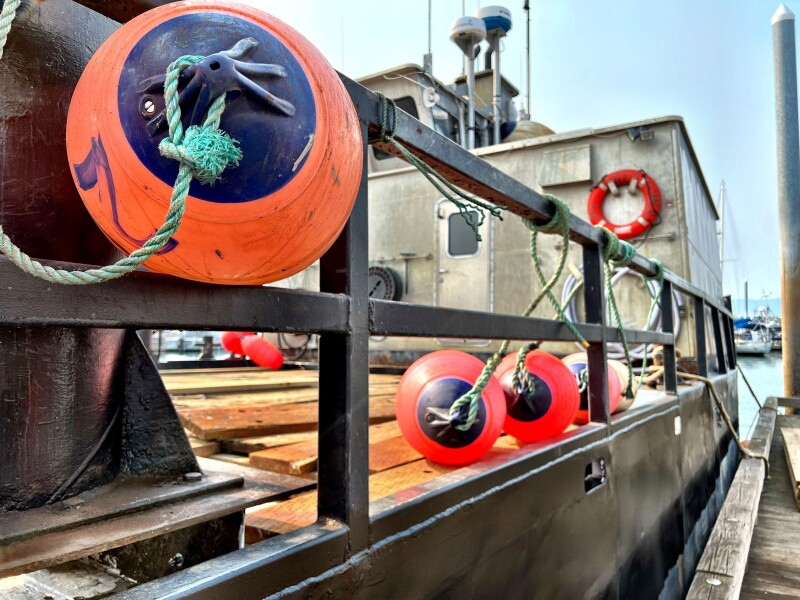Alaska’s trawl fisheries, vital to coastal communities and the seafood sector, are under attack by what industry leaders call “radical groups funded by out-of-state interests.” As the Alaska Beacon reported, critics seek to ban trawling, a fishing method responsible for “a substantial majority of fishery landings in the Alaska Region and nationally.”
Four fishermen from Alaska put together the piece for the Beacon: Sam Wright, a lifelong Alaska native who’s fished for 30 years for crab, flatfish, Pacific cod, and other species in the Bering Sea, Aleutian Islands, and the Gulf of Alaska; Dan Carney, an Alaskan homesteader, farmer, fisherman, and 43-year Bering Sea survivor; Jason Chandler was born in Kodiak and is a lifelong resident. He has participated in multiple fisheries for more than 30 years; Kiley Thomson, a 32-year resident of Sand Point, fishes for salmon, crab, pollock, and cod in the Gulf of Alaska.
The article states for those who enjoy wild seafood, “fish sandwiches or shrimp; fish sticks or scallops; fish tacos or rockfish,” much of it comes from trawl or dredge gears. While these methods “impact the environment,” their effects are continually monitored to ensure “long-term ecosystem health.”
The Alaska Beacon underscores that few food production systems are as sustainable as Alaska’s fisheries, supported by “a clear, science-based process” that determines where, when, and how fishing occurs. This oversight enables the harvest of “billions of seafood meals every year” while sustaining tens of thousands of jobs across Alaska.
Addressing misconceptions around bycatch, the authors clarify that the Alaska pollock fishery is recognized as “one of the cleanest in terms of incidental catch of other species (less than 1 percent).” Critics, however, often misrepresent bycatch data, deliberately grouping species like jellyfish—“nearly 40% of the 1% bycatch”—with others.
The article also highlights Alaska’s leadership in transparency. “94% of the total catch was independently observed in 2023,” while a growing electronic monitoring program pushes coverage toward “almost 100%.”
Habitat concerns, another common talking point, are addressed with science. While critics claim trawl gear “scrapes the ocean’s bottom,” the authors cite expert findings that such impacts are “temporary and minimal.” Trawl grounds, fished for decades, “remain some of the most diverse and productive” globally.
The piece warns that behind these attacks lies a broader agenda to displace harvesters and ban fishing through Marine Protected Areas. “If (David) Bayes’ activist allies succeed in shutting down Alaska’s trawl fisheries,” the piece notes, “don’t think they’ll stop there.” Bayes was a recent author of a commentary piece published in the Alaska Beacon, Uniting against trawls scraping the ocean's bottom protects Alaska's fisheries.
The article concludes, “We welcome fair debates grounded in truth, transparency, and facts that can help sustain all Alaskan fisheries.”
This article includes reporting from the Alaska Beacon. Read the original here.







